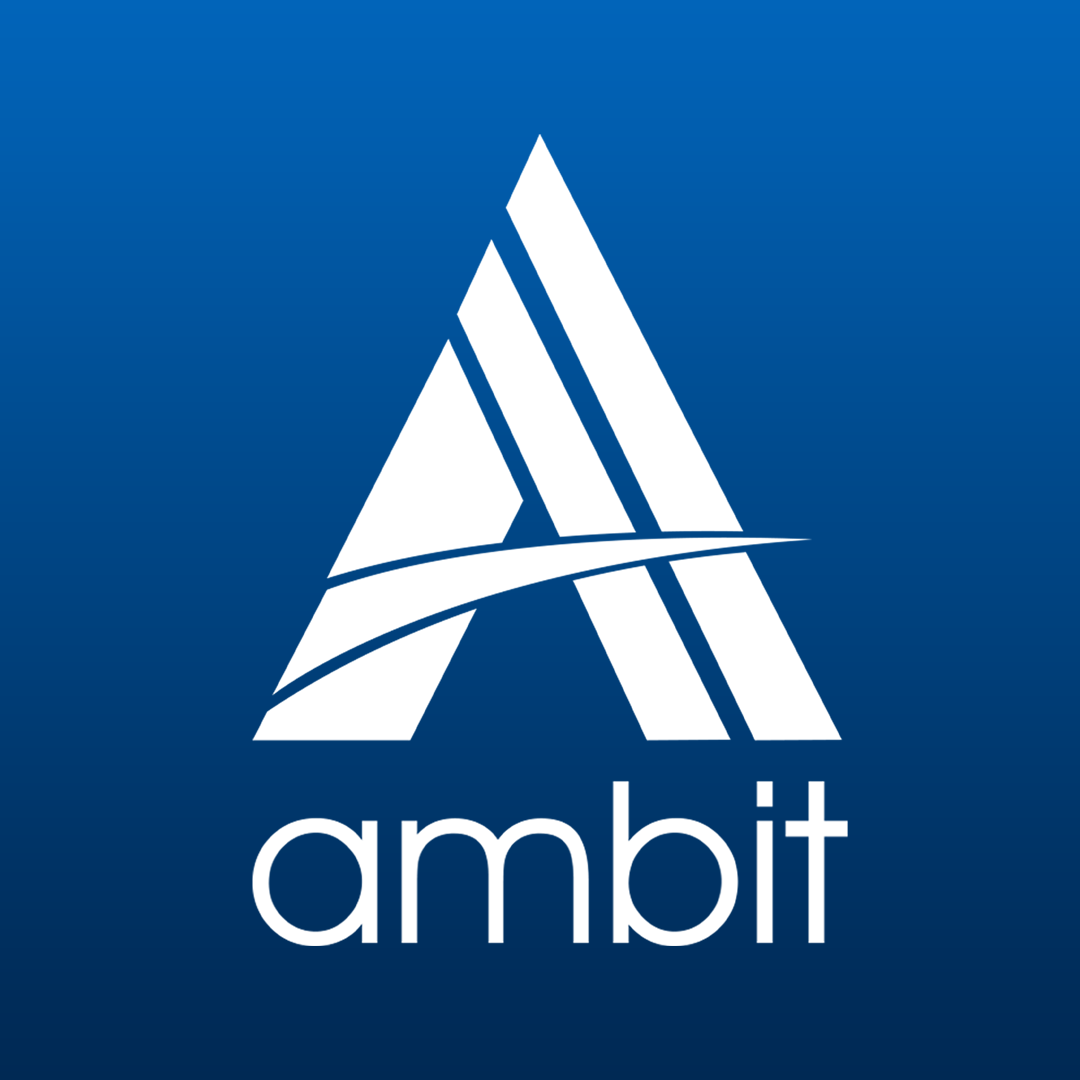Lesson 10 >> On Page SEO Optimization
Welcome back! In our previous lesson, we discussed how to identify the right keywords for his website. Now, it’s time to learn how Rahul can optimize his website content to improve its search engine rankings. This process is known as on-page SEO, which involves making changes directly on the website to help search engines understand and rank the content better.
What is On-Page SEO?
On-page SEO is about making sure each page on your website is set up correctly so that search engines like Google can find and understand them. This helps improve your chances of appearing higher in search results when people look for products or services like yours.
Key Elements of On-Page SEO
Title Tags
Title tags are the titles of your web pages that appear in search results. They are one of the most important on-page SEO factors because they help search engines and users understand what the page is about.
What Rahul Should Do:
- Update the titles of product pages to include important keywords. For example, use “Best Wireless Earphones | TechGear.”
- Keep the title under 60 characters to ensure it displays correctly in search results.
- Make the title descriptive and enticing to attract clicks.
Meta Descriptions
Meta descriptions are short summaries of your web pages that appear under the title in search results. They can influence whether someone decides to click on your link.
What Rahul Should Do:
- Write short summaries that include important keywords. For example, “Discover the best wireless earphones at TechGear. Affordable prices and top-quality products.”
- Keep the meta description under 160 characters.
- Make the summary compelling and relevant to encourage clicks.
Header Tags (H1, H2, H3)
Header tags help structure your content and make it easier for both users and search engines to read. They range from H1 (main title) to H6 (least important heading).
What Rahul Should Do:
- Use H1 for the main title of each page, such as “Top Wireless Earphones for 2024.”
- Use H2 for subheadings, like “Features of Our Wireless Earphones.”
- Include relevant keywords naturally in the headers to improve SEO.
Content Optimization
Content is the backbone of on-page SEO. High-quality, relevant, and keyword-rich content can improve your search rankings and attract more visitors.
What Rahul Should Do:
- Use important keywords naturally throughout the content.
- Write engaging and informative product descriptions and blog posts.
- Aim for a minimum of 300 words per page to provide enough information and context.
Internal Linking
Internal links connect your web pages and help search engines understand the structure of your site. They also keep users engaged by guiding them to related content.
What Rahul Should Do:
- Add internal links to relevant pages within TechGear’s website. For example, “Check out our latest smartwatches.”
- Use descriptive anchor text for the links.
- Avoid excessive internal linking to maintain a natural flow.
URL Structure
A clean and descriptive URL structure helps search engines understand the content of your page and improves user experience.
What Rahul Should Do:
- Create URLs that include important keywords, like “techgear.com/wireless-earphones.”
- Keep URLs short and readable.
- Use hyphens to separate words in the URL for better readability.
Image Optimization
Optimizing images can enhance user experience and improve your SEO. Properly optimized images can also drive traffic through image search.
What Rahul Should Do:
- Use descriptive filenames for images, such as “best-wireless-earphones.jpg.”
- Include alt text with keywords for each image, like “Best wireless earphones for running.”
- Compress images to improve page load speed without sacrificing quality.
Mobile Optimization
With the majority of searches coming from mobile devices, ensuring your website is mobile-friendly is crucial for SEO.
What Rahul Should Do:
- Use responsive design to ensure the website adapts to different screen sizes.
- Ensure the website loads quickly on mobile devices.
- Provide a smooth and intuitive user experience on all devices.
Practical Application – Steps in Keyword Research:
- Title Tags: Rahul updates the title tags of product pages to include important keywords and ensure they are descriptive and under 60 characters.
- Meta Descriptions: Rahul writes compelling meta descriptions that include important keywords, keeping them under 160 characters.
- Header Tags: Rahul structures content using H1 for main titles and H2 for subheadings, incorporating keywords naturally.
- URL Structure: Rahul creates clean and descriptive URLs, including important keywords and using hyphens to separate words.
- Content Optimization: Rahul writes engaging and informative content for product descriptions and blog posts, using important keywords naturally.
- Image Optimization: Rahul optimizes images by using descriptive filenames and alt text, and compresses images for faster loading times.
- Internal Linking: Rahul adds internal links to guide users to related content and uses descriptive anchor text.
- Mobile Optimization: Rahul ensures the TechGear website uses responsive design, loads quickly on mobile devices, and provides a smooth user experience.
Tools and Resources
- Yoast SEO: For optimizing on-page SEO elements on WordPress.
- Google Search Console: For monitoring site performance and fixing issues.
- GTmetrix: For analyzing and improving page load speed.
- Mobile-Friendly Test: To check if your website is mobile-friendly.
Lets Conclude the Tenth Module On Page SEO Optimization
On-page SEO is essential for improving your website’s visibility and attracting more relevant traffic. By optimizing title tags, meta descriptions, headers, content, images, and internal links, Rahul can significantly enhance TechGear’s search rankings. In the next lesson, we will dive deeper into off-page SEO strategies to help Rahul build authority and drive more traffic to his website.
Stay tuned for more insights and practical tips as we continue our journey into the world of digital marketing! Learn the Professional Diploma in Digital Marketing Course with placement support offered by Kerala’s best training institute, Ambit Automation, Cochin

